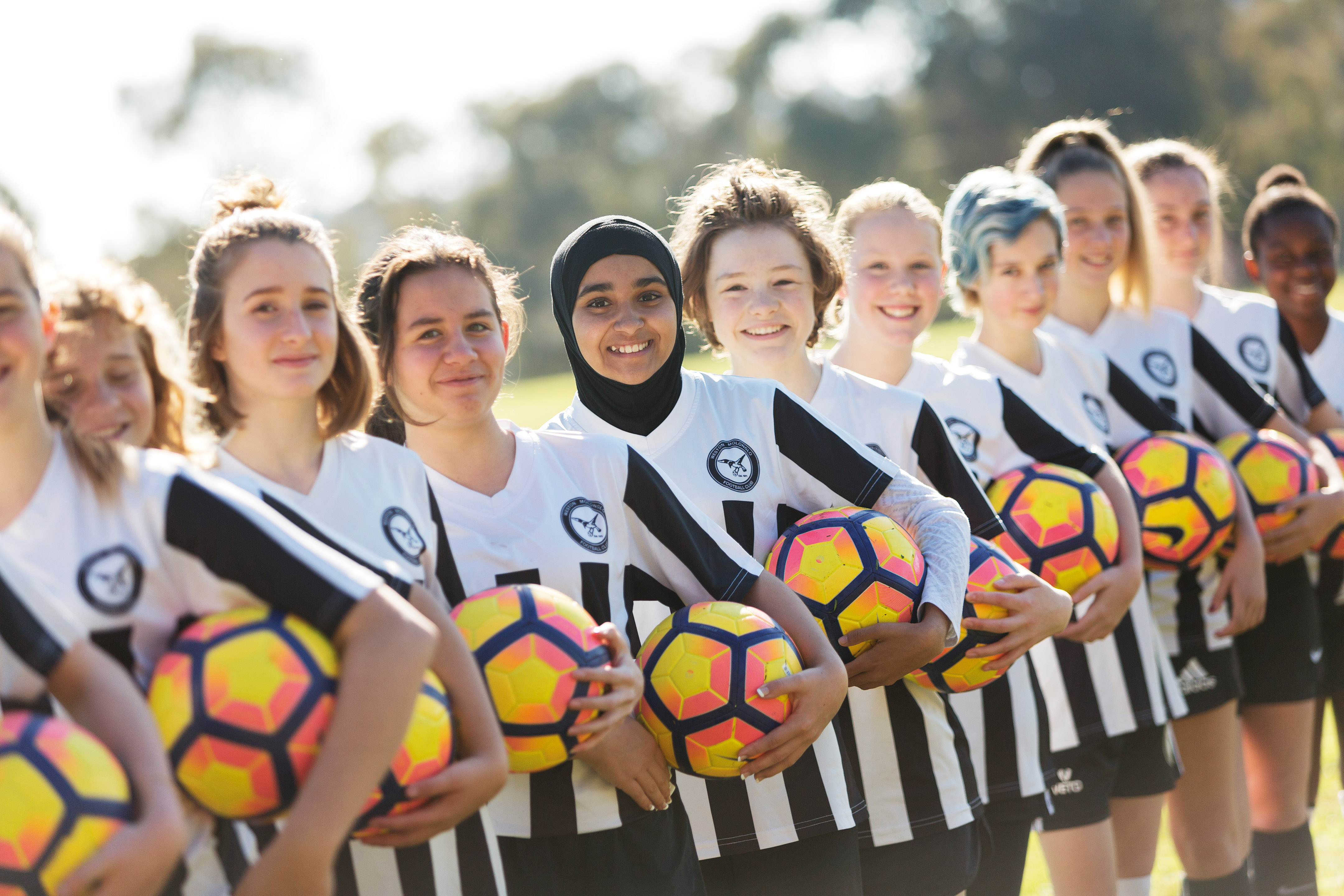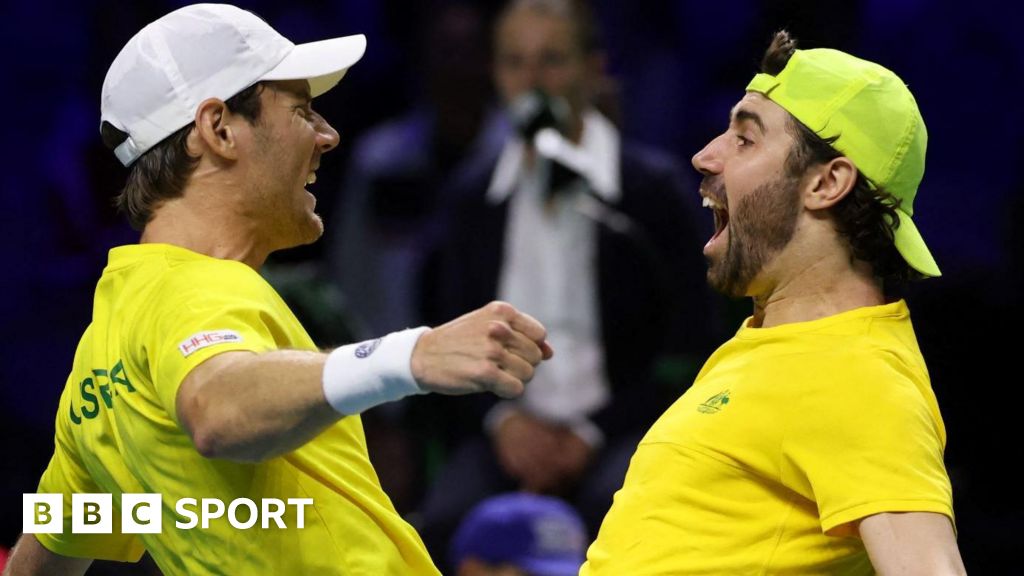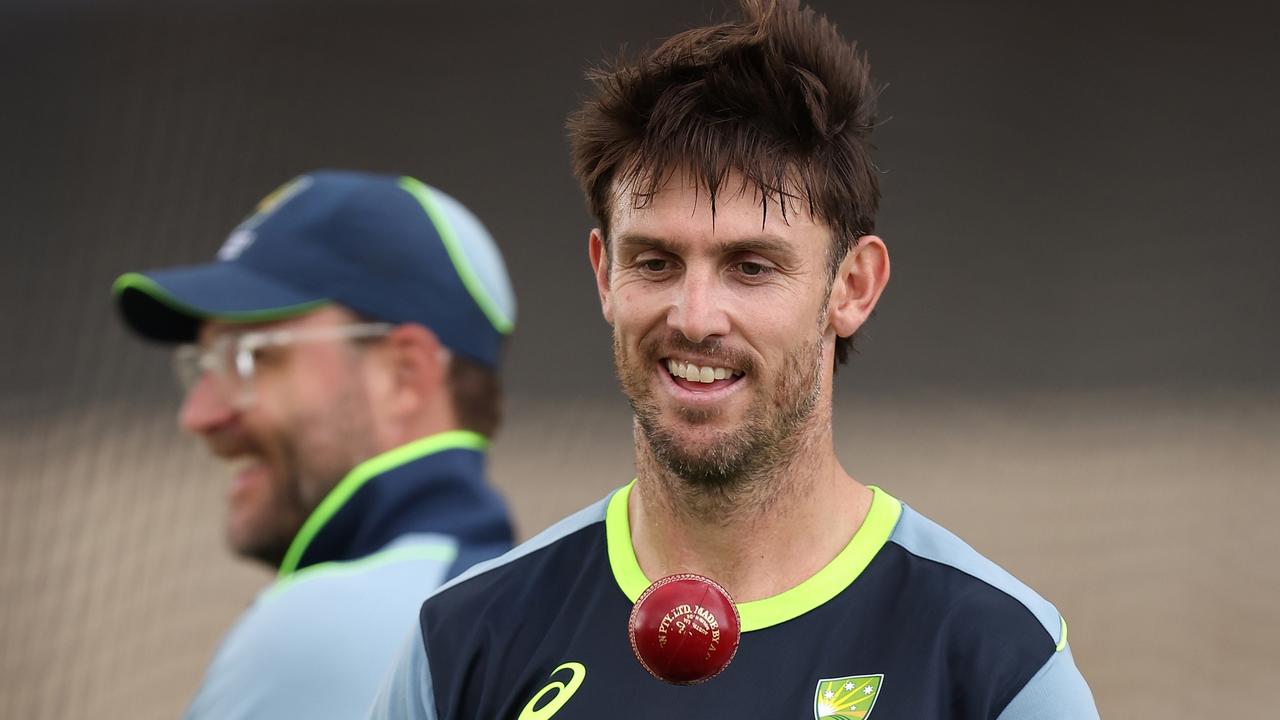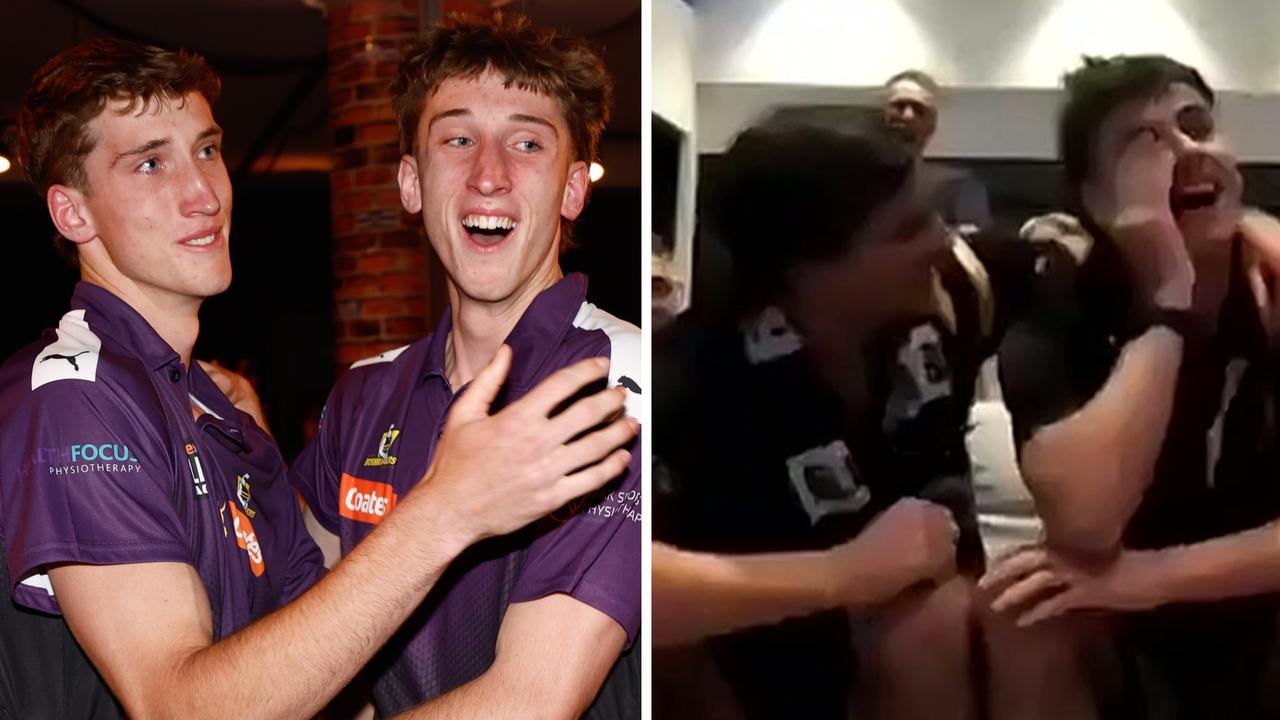The Wheelaroos play a uniquely inclusive sport. Now they embark on the newest trans-Tasman rivalry

- by Admin
- October 30, 2024
Brad Grove didn’t compete at this year’s Paralympics and really, there was never a possibility that he would.
But that didn’t stop many friends and family lamenting his absence.
Grove is a veteran of the Wheelaroos, Australia’s national wheelchair rugby league outfit.
“I was getting so many phone calls during the Paralympics, going, ‘Why aren’t you over there, don’t you play in the Australian team?'” Grove said.
“Even on the Facebook page, people were asking, ‘Where are the Wheelaroos? Didn’t they qualify?'”
Unlike wheelchair rugby, where the Australia’s Steelers won a bronze medal, wheelchair rugby league is not hosted in the Paralympics.
Thanks to its hard hits and lightning speed, wheelchair rugby has exploded in popularity in recent years.
But with its round ball and forward passes, it doesn’t much resemble any of the other rugby codes.
Wheelchair rugby league, on the other hand, certainly does.
Played with a mixture of disabled and non-disabled players, tries are scored by grounding a size-four rugby league ball in the opponent’s goal area, kicking and tackling is swapped for AFL-like handballing and tagging, and play is divided into five play sets.
On the eve of a maiden two-Test series against New Zealand and a home World Cup on the horizon, wheelchair rugby league has a major opportunity to allow the Australian public to familiarise themselves with the Wheelaroos.
Like in the running game, a try is scored by grounding the ball in the opposition’s in goal area. ( Henry Browne: Getty Images)
‘The most inclusive sport’
Wheelchair rugby league encourages participation from both disabled and non-disabled athletes.
Out of the five players on the court at any given time, two can be non-disabled.
Bayley McKenna is one of the Wheelaroos’ non-disabled stars and said that is what makes wheelchair rugby league “the most inclusive sport”.
He took up the sport initially because he could play it with his father Darren, who was a key figure in the development of wheelchair rugby league in Queensland.
“My old man lost his leg in an accident when I was very young and ever since then, we were looking for something that him and I could do together,” McKenna said.
“I’ve been pretty much his right-hand man ever since the accident.”
Bayley McKenna’s father Darren is the former coach of the Queensland wheelchair rugby league team.
McKenna burst onto the international scene at the 2022 World Cup in England, with numerous eye-catching tries, big hits and player-of-the-match performances.
The tournament was a watershed moment for wheelchair rugby league, with games being live streamed and social media highlights amassing hundreds of thousands of views.
But despite non-disabled players being an integral part of the sport, McKenna said he still received some “flack” online.
“I copped a lot of messages on Instagram and Facebook saying that I shouldn’t be there — I’m not in a wheelchair, I don’t have a disability, all that sort of stuff,” McKenna said.
“But one thing that people have got to remember is, is a wheelchair is actually a piece of hardware we use for the sport — like a tennis racquet or a cricket bat.”
Loading Instagram content
A sport to play together
Brad Grove also hails the inclusivity that comes from allowing non-disabled and disabled athletes to compete together.
At the age of 19, he broke his back while on a friend’s property and has been paraplegic since.
“I jumped on the back of another mate’s ute, he took the corner of an embankment too much, rolled the ute, I was thrown off and it rolled over top of me,” Grove said.
“Pretty much snapped my back by folding me in half.”
After the accident, Grove initially played wheelchair basketball, but he found a home in wheelchair rugby league.
By his side was Jason Attard, on whose property Grove broke his back.
The inclusion of non-disabled players allowed for both Attard and Grove to rise through the wheelchair rugby league ranks and, ultimately, take the field together at numerous world cups.
Brad Grove (left) has represented Australia at three WRL World Cups. (Getty Images: Steve Paston)
The birth of a new rivalry
The upcoming two-Test series will be the Wheel Kiwis’ first and will coincide with the New Zealand men’s and women’s running teams in Pacific Championship fixtures.
With both matches being live streamed, Grove said it is an invaluable opportunity to start building a strong trans-Tasman rivalry.
“I don’t think people realise how important this game is,” he said.
Europe is very much the nucleus of the wheelchair rugby league world. The game was developed there and all four World Cups to date have been won by teams from the continent.
The proximity of those northern hemisphere powerhouses has allowed for regular competition between them, whereas the last time the Wheelaroos took to the court was at the 2022 World Cup.
Since then, two overseas tours have “fallen over” due to a lack of funding. Grove said his team will travel to New Zealand with the goal of growing the sport in the Pacific.
“We want to go over there and teach them about the sport … get some exposure over there for them,” Grove said.
“Having this New Zealand team will hopefully allow us to get some of the other Pacific nations on board so we can build something strong down here.”
McKenna and Grove hope a strong trans-Tasman rivalry will help develop the game in the Pacific. (Richard Sellars: Getty Images)
A home World Cup on the horizon
The tour will mark the beginning of both teams’ preparations for the 2026 World Cup in Australia.
The wheelchair rugby league World Cup will run concurrently with the men’s and women’s tournaments as the Kangaroos and Jillaroos attempt to defend their crowns.
Grove and McKenna look to the competition with the hope it will both raise the profile of the sport in Australia and help shift the sport’s global stronghold further south.
“We want to work towards this World Cup on home soil and tell the Europeans ‘Yeah you started the sport, but it’s time that it comes down here’,” Grove said.
The Wheelaroos’ two Tests against the Wheel Kiwis will take place in Auckland on November 1 and 4.
The Latest News
-
November 22, 2024Why the AFC has a huge impact on the Australian fashion industry – RUSSH
-
November 22, 2024‘Controversial’ DRS call burns India in early drama
-
November 22, 2024Cricket ready to honour Phillip Hughes on 10-year anniversary
-
November 22, 2024Katy Perry wins trademark battle against Aussie fashion designer
-
November 22, 2024Kohli gone early, controversy flares in disastrous opening session for India





